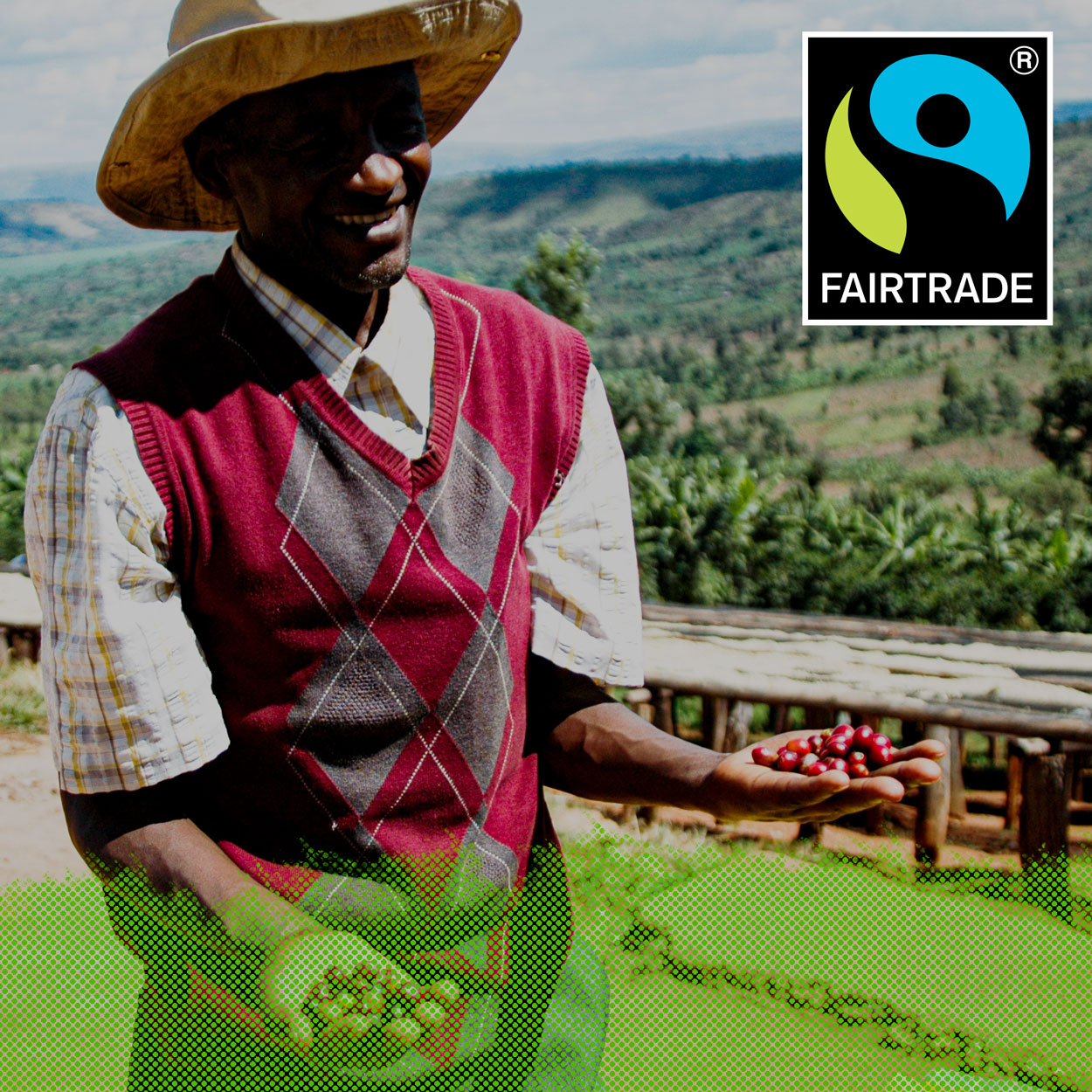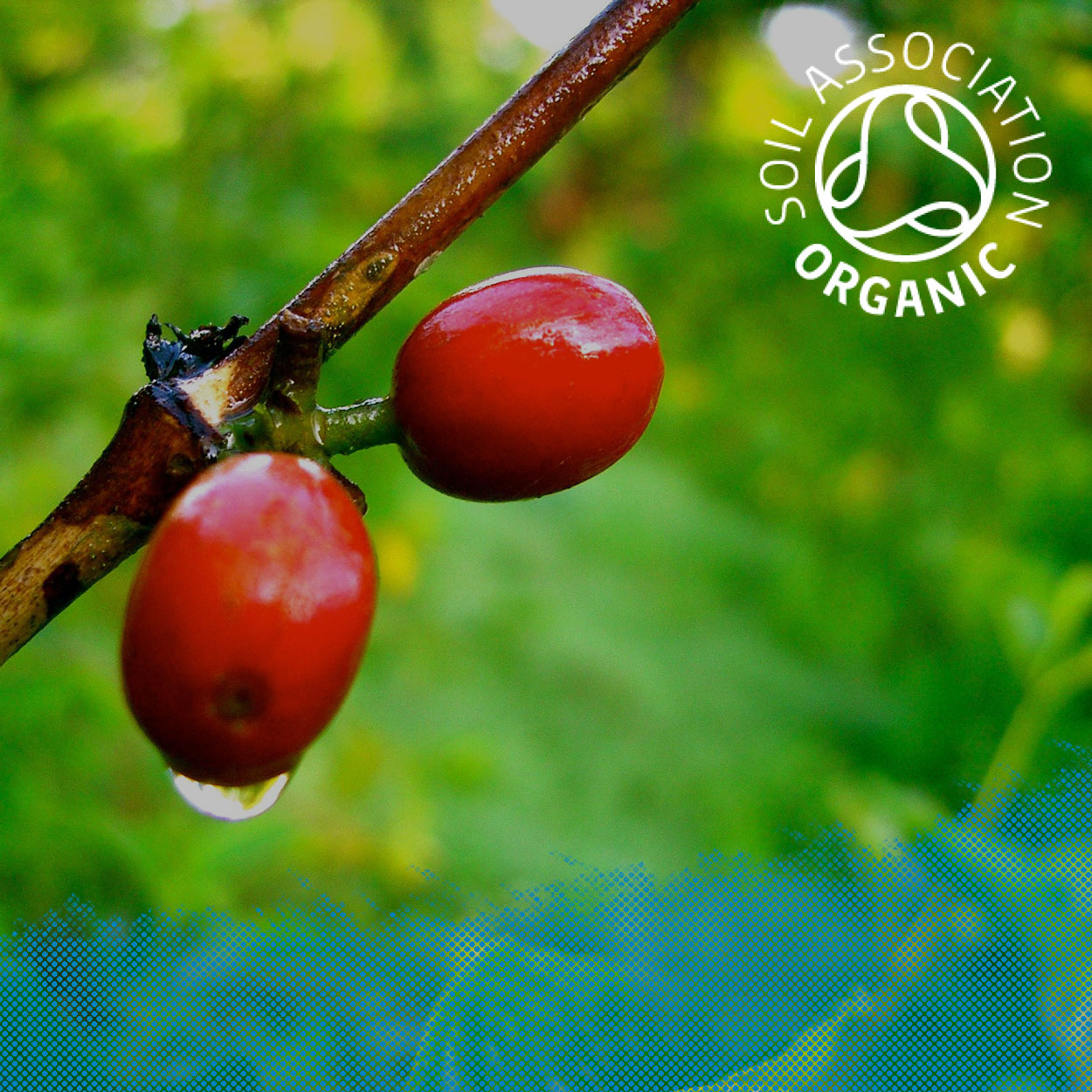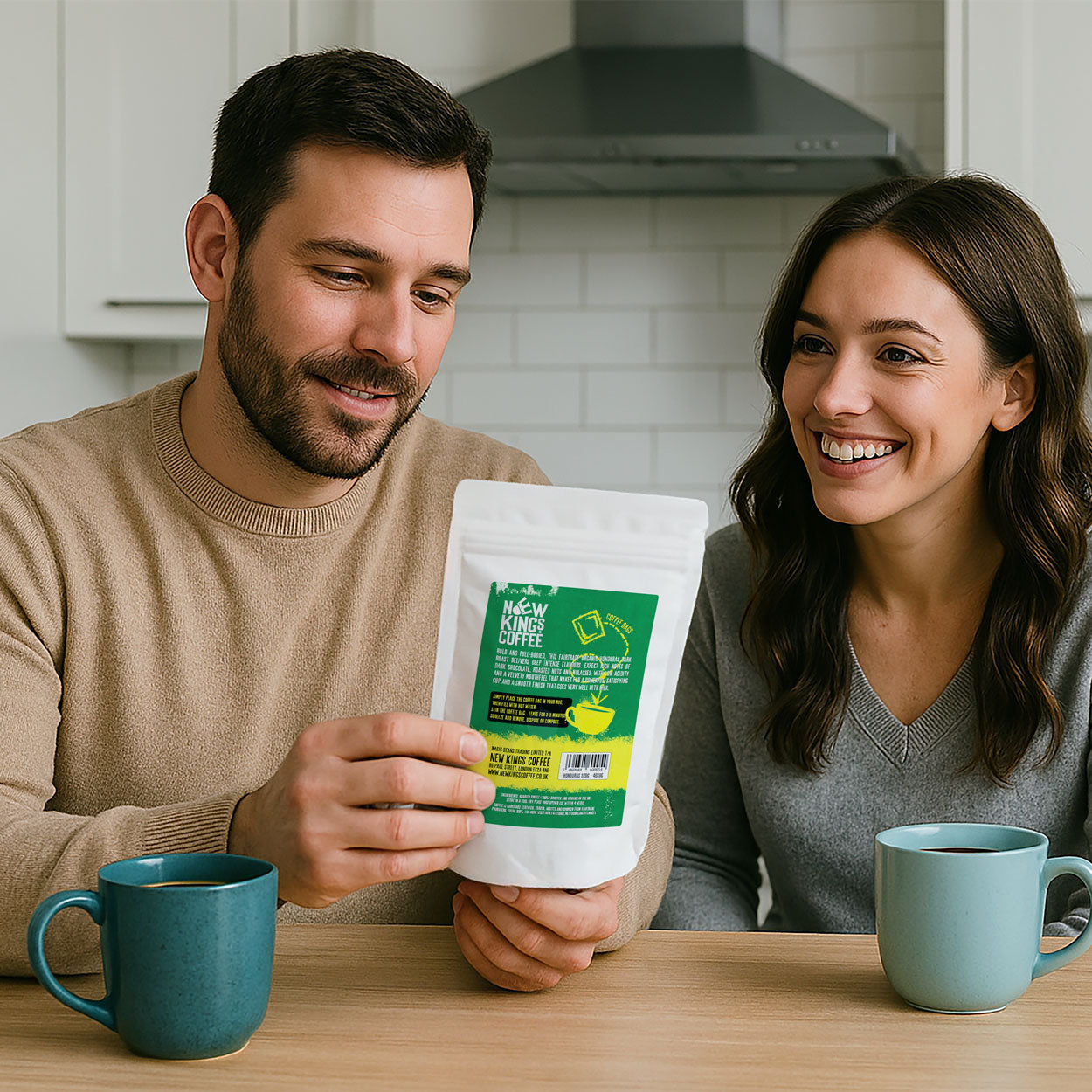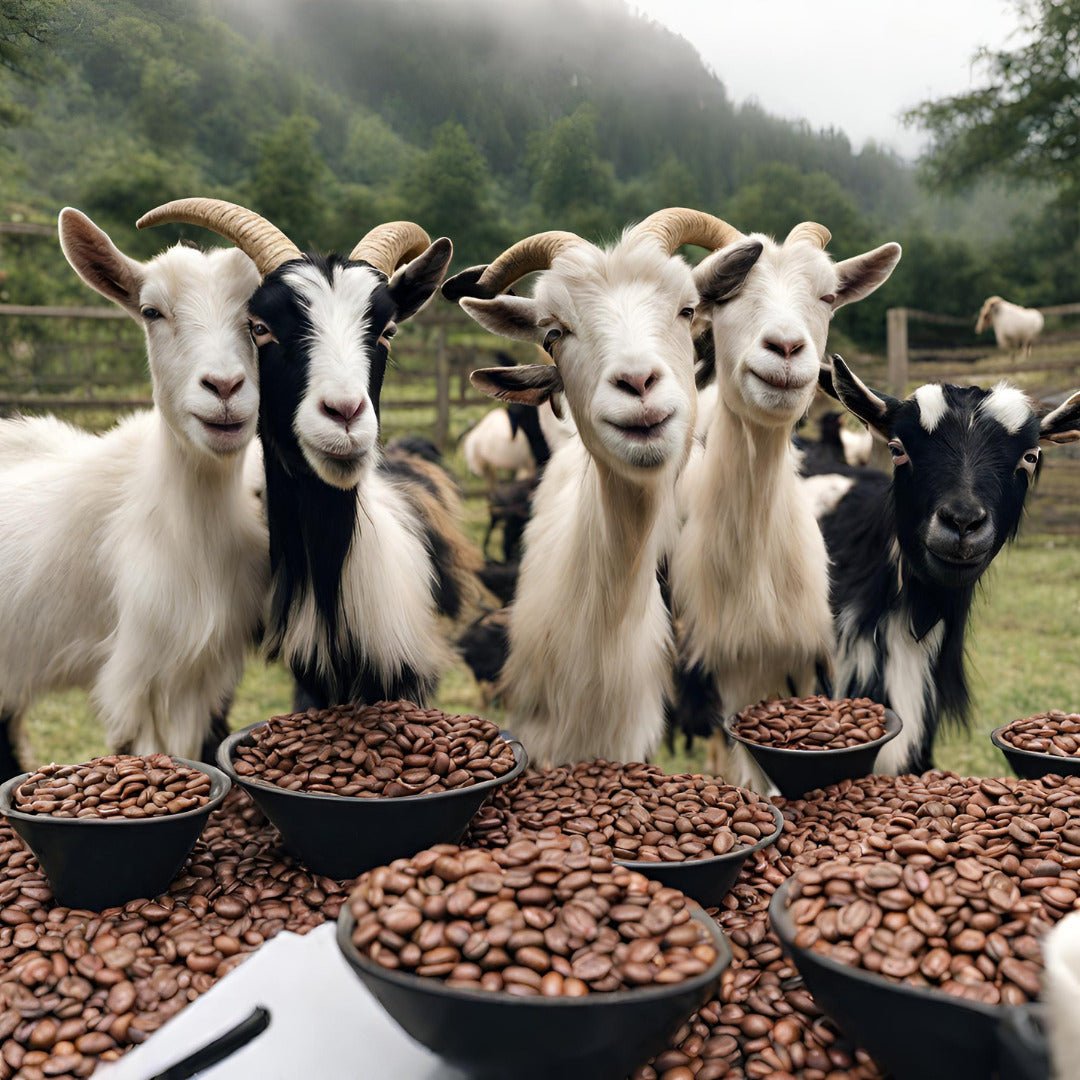Get involved with a new way to enjoy coffee conveniently at a great price!
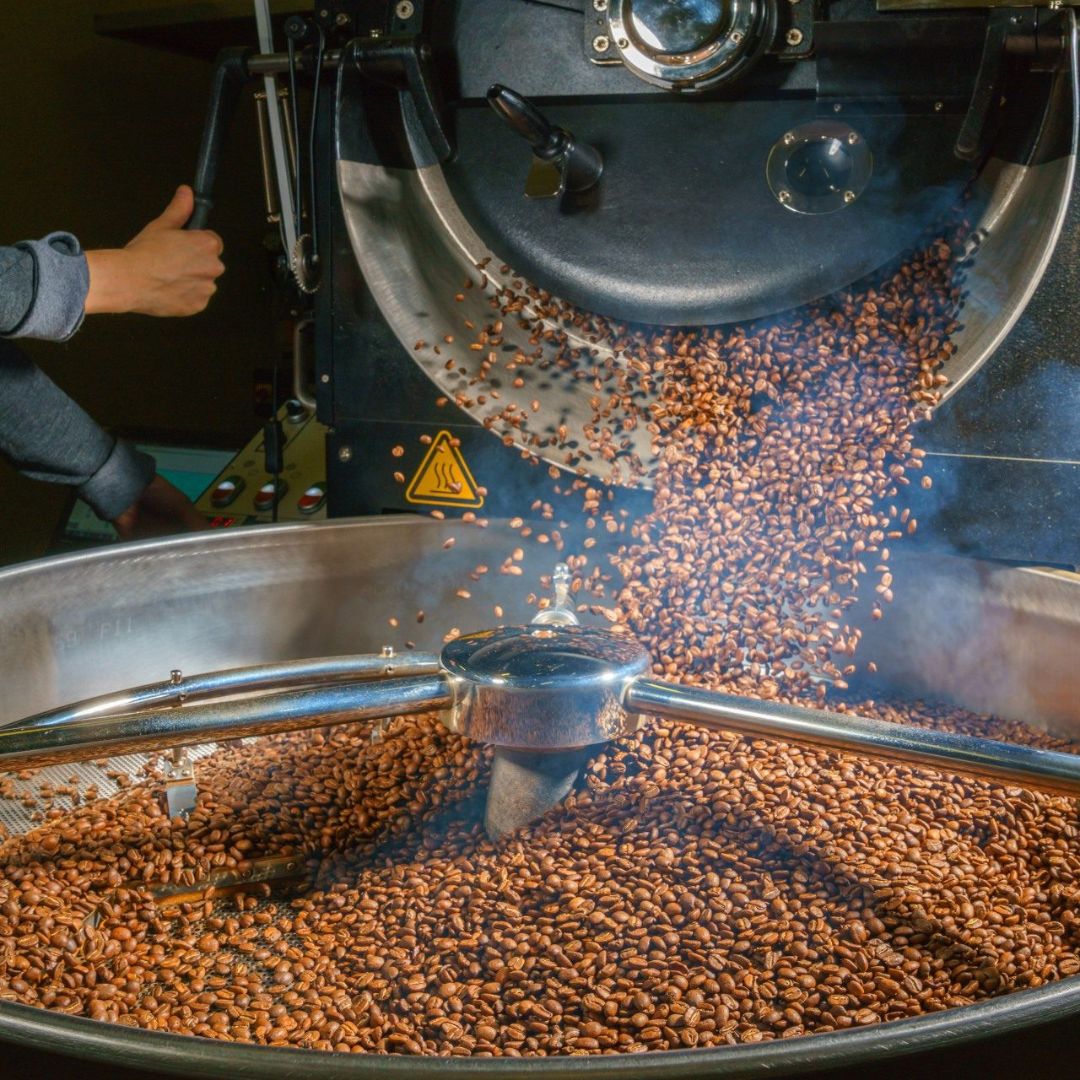
Want to know how coffee is roasted? Confused about what coffee roasting actually means? Well, it’s more or less the process of turning the raw coffee beans into what we use in our own brewing processes at home! Find out all you need to know about the difference between traditional and modern roasting processes. From the raw green beans to the aromatic elixir that fills our cups, the journey is one of precision, expertise, and passion. In this blog, we'll unravel the secrets of coffee roasting, exploring the traditional methods, professional techniques, and the three crucial stages that define this art.
What is the Coffee Roasting Process?
Coffee roasting is the transformative process wherein green coffee beans are subjected to heat, causing them to undergo chemical changes that unlock their full flavour potential. It's a delicate balance of temperature, time, and technique, guided by the skill of the roaster.
How is Coffee Traditionally Roasted?
Traditionally, coffee was roasted in small batches over an open flame or in a rotating drum over a wood fire. The roaster would carefully monitor the beans, using sight, sound, and smell to determine their progress. This hands-on approach allowed for a more intimate connection with the roasting process, resulting in unique, artisanal coffees.
How do Professionals Roast Coffee Beans?
Today, professional coffee roasters utilise specialized equipment, such as drum roasters or fluid bed roasters, to achieve consistent and precise results. These roasting machines offer greater control over temperature and airflow, allowing roasters to tailor the roasting profile to the specific characteristics of the beans. Additionally, advanced roasting software and technology enable roasters to monitor and adjust parameters in real-time, ensuring optimal flavour development.
What are the Three Stages of Coffee Roasting?
Coffee roasting can be broadly divided into three distinct stages:
- Drying Phase: During this initial stage, the green coffee beans are heated to evaporate moisture and prepare them for the subsequent chemical reactions. The beans undergo a physical transformation, turning from green to yellow as they lose moisture.
- First Crack: As the temperature continues to rise, the beans reach a critical point known as the first crack. This audible phenomenon occurs as moisture and gases trapped within the beans expand, causing them to crack open. It marks the onset of the roasting process proper and is associated with the development of light to medium roast profiles.
- Development Stage: Following the first crack, the beans enter the development stage, where they undergo complex chemical reactions that contribute to flavour, aroma, and colour development. The roaster carefully monitors the beans' progression, adjusting temperature and airflow as needed to achieve the desired roast level.
How do you Roast Coffee at Home?
Roasting coffee at home can be a rewarding and cost-effective way to enjoy freshly roasted beans tailored to your preferences. Here's a simplified method to get you started:
- Choose your beans: Select high-quality green coffee beans from reputable sources.
- Preheat your roaster: Whether using a popcorn popper, home roaster, or even an oven, preheat it to the desired temperature.
- Add the beans: Pour the green beans into the roasting chamber and begin the roasting process.
- Monitor the roast: Keep a close eye (and nose) on the beans as they roast, noting changes in colour, aroma, and crackling sounds.
- Cool the beans: Once the beans reach your desired roast level, immediately cool them to stop the roasting process and preserve flavours.
- Store and enjoy: Allow the beans to degas for a day or two before sealing them in an airtight container. Then, grind and brew as desired for a fresh, flavourful cup of coffee.
What is the Best Coffee Roasting Method?
The "best" coffee roasting method is subjective and depends on personal preferences, desired roast profiles, and available equipment. However, some popular methods include:
- Drum Roasting: Common in commercial settings, drum roasters offer precise control over temperature and airflow, resulting in consistent roasts.
- Fluid Bed Roasting: Also known as air roasting, this method suspends beans in a stream of hot air, producing evenly roasted beans with bright acidity.
- Pan Roasting: A traditional method involving a skillet or pan over an open flame, pan roasting requires constant attention but allows for experimentation and small-batch roasts.
- Ultimately, the best method is one that suits your preferences, resources, and level of expertise.
By understanding the intricacies of coffee roasting, now you can appreciate the craft behind every cup and even try your hand at home roasting for a truly personalised coffee experience!
